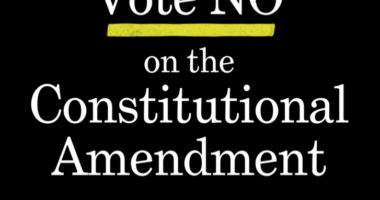Issue Insights
How the Biden Administration is Redefining Infrastructure to Address America’s Housing Crisis
April 19, 2021

When we talk about infrastructure in America, historically that’s meant a very traditional and very narrow understanding, like roads, bridges, and electrical grids. But in The American Jobs Plan, the Biden-Harris administration went bigger and bolder than any president or Congress has gone before.
According to the National Low Income Housing Coalition, there are 11 million extremely low-income families in America, and a shortage of more than 7 million affordable homes. Seventy-five percent of all extremely low-income families pay more than half their income on rent, and housing a family in a two-bedroom apartment is out of reach for those Americans living on a full-time minimum wage income in every single state.
When families can’t access affordable housing and are pushed further outside of cities or forced to spend most of their income on rent, that often means they can’t access good schools, well-paying jobs, reliable transportation or quality health care, either.
Affordable housing for all isn’t just a matter of four walls and a roof. It’s about equity too. And it’s a situation made worse by the COVID-19 pandemic. The Republican Mayor of Miami even went as far as to call the affordable housing crisis “another pandemic.”
That’s what makes the Biden administration’s approach to housing and a whole number of other issues in the infrastructure bill so novel. And it’s why there is the potential for seismic changes in everyday life for all Americans, should the bill as it is proposed be passed by Congress and signed into law.
Various pieces of the proposed bill will change, of course, as it makes its way through Congress, including the amount of money dedicated to housing and how it would be spent. The bill includes $213 billion earmarked to address the affordable housing crisis. According to The Hill, that’s four times the entire Department of Housing and Urban Development’s 2020 budget. It includes plans to “produce, preserve and retrofit” more than a million housing units, and extend affordable housing opportunities to “underserved” communities nationwide. It would build and rehabilitate 500,000 homes for low- and middle- income buyers, eliminate exclusionary zoning practices that prevent so many families from accessing safe and quality neighborhoods and address longtime public housing capital needs. More information on the president’s plan can be found on the White House website.
The infrastructure bill isn’t a panacea for the country’s housing woes, which, thanks to years of negligence, have left some of the country’s most vulnerable without stable housing, access to vital municipal services and at a stark disadvantage when compared to their wealthier counterparts.
Still, the $213 billion is widely viewed as a solid down payment on these overdue efforts. And the president’s decision to put housing at the forefront of an infrastructure bill is a novel and important first step in addressing – and ultimately solving – the nation’s housing crisis.
Image credit: Adam Schultz






